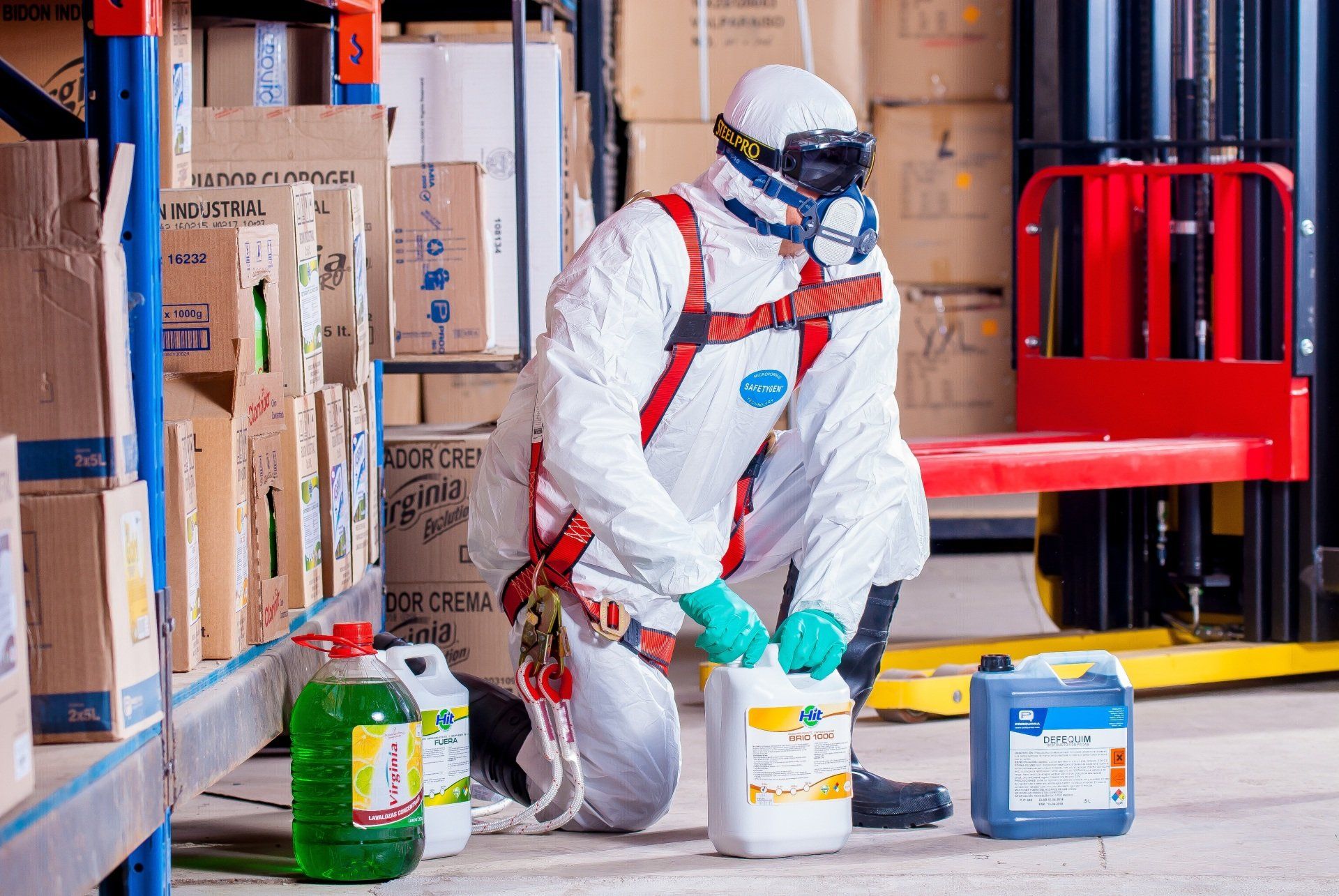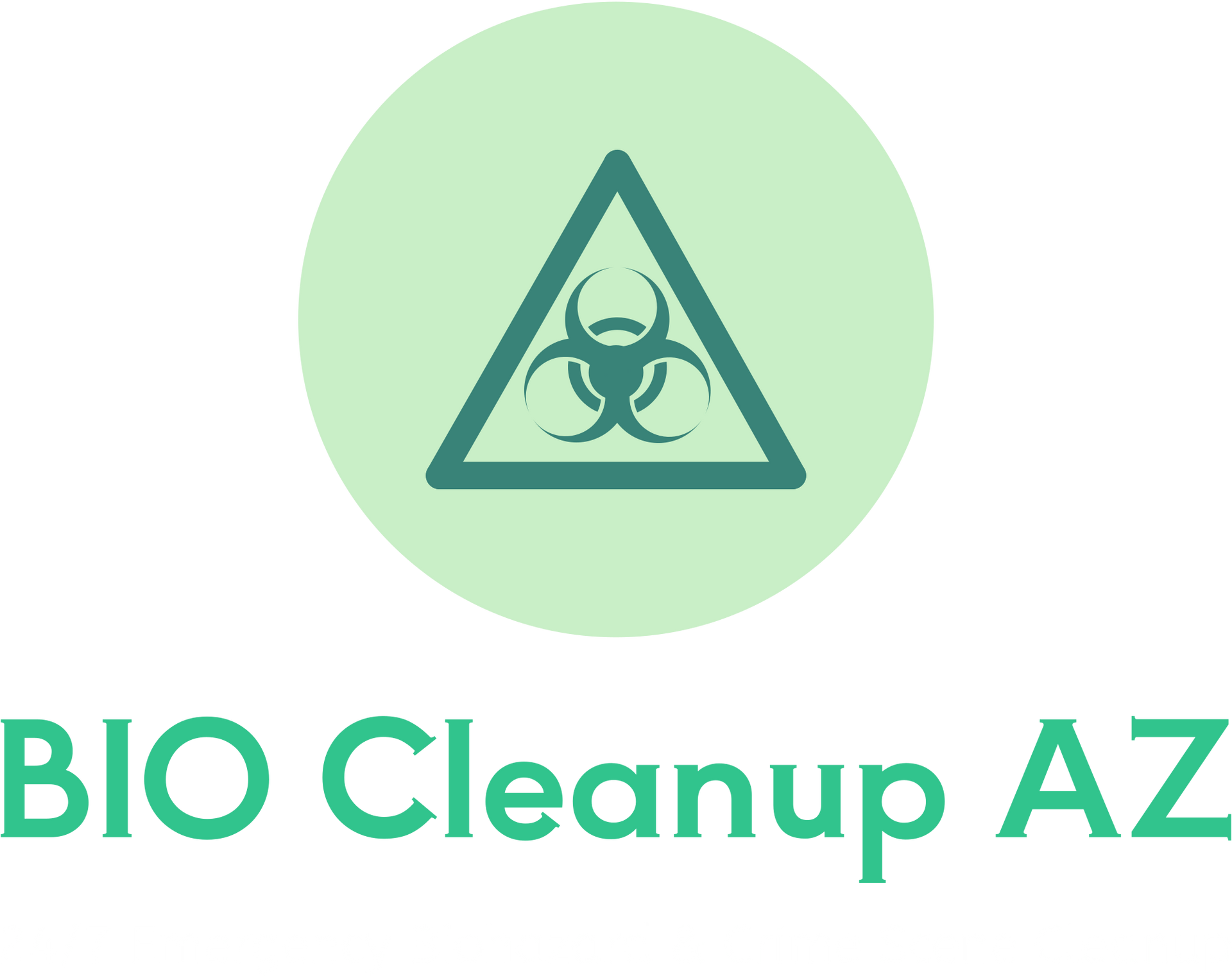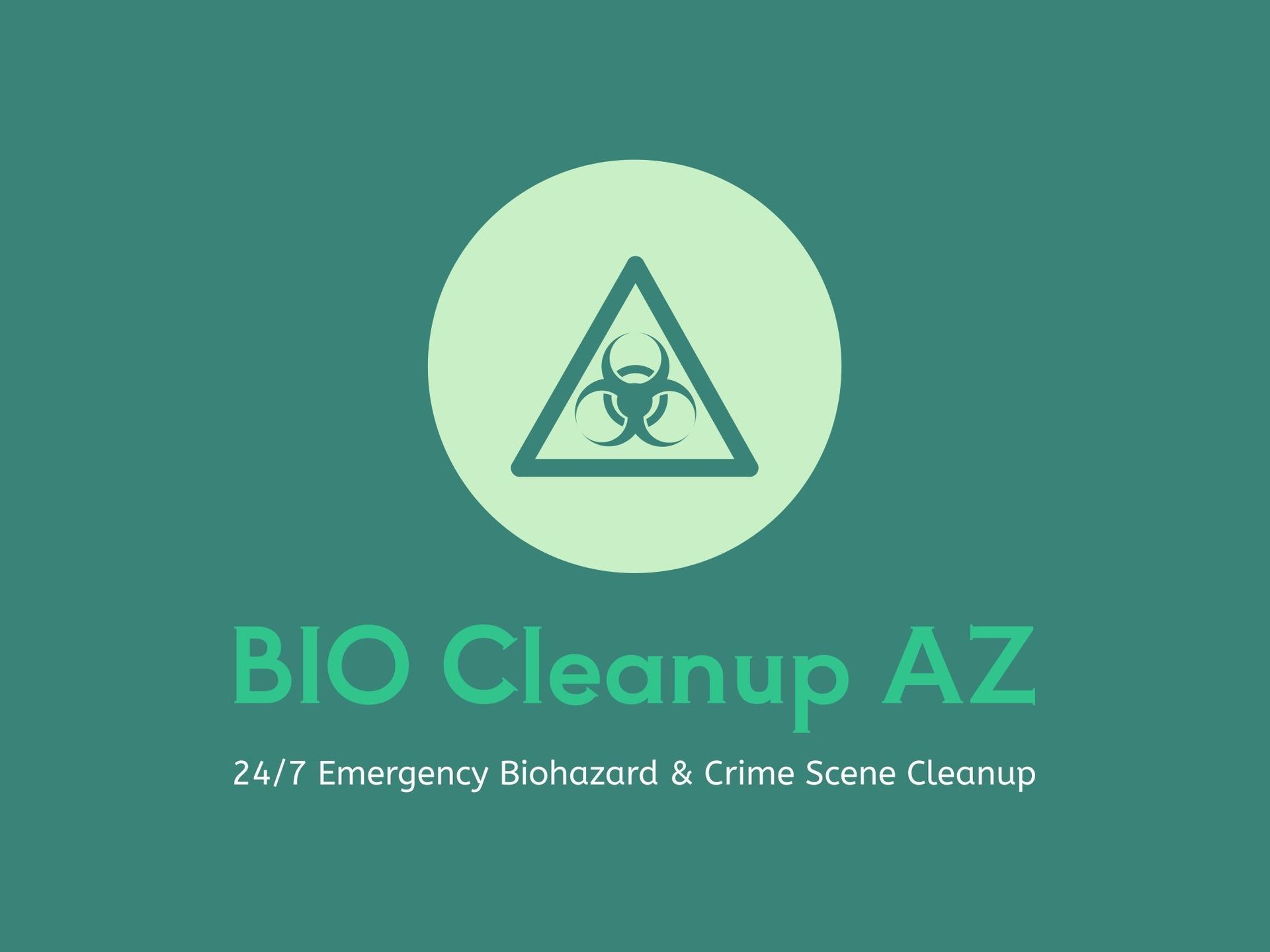Post Title
Setting the Scene: What is Hazmat Cleanup?

Understanding the Importance: Why Proper Cleanup Matters
Beyond the immediate health risks posed by hazardous materials, improper cleanup can lead to long-term environmental damage, legal repercussions, and even property devaluation. Professional hazmat cleanup ensures the complete removal of contaminants, minimizing risks and restoring the affected area to a safe and healthy condition.
Hazmat Cleanup Costs: Breaking Down the Variables
The cost of hazmat cleanup varies depending on several factors:
- Type and amount of hazardous material: Different materials require specific handling and disposal procedures, impacting costs.
- Size and complexity of the affected area: Larger areas or those requiring extensive decontamination naturally incur higher costs.
- Location and accessibility: Remote locations or those with limited access may require additional logistics and equipment, increasing costs.
- Required level of cleanup: Basic sanitization might differ significantly from biohazard remediation or complex chemical spills.
Budgeting Tips: Planning for Hazmat Cleanup Expenses
- Proactive planning: Research potential hazards in your industry or home and have a contingency plan in place.
- Insurance coverage: Consider insurance options that cover hazmat cleanup costs.
- Compare quotes: Obtain quotes from multiple qualified hazmat cleanup companies before making a decision.
Hazmat Cleanup Procedures: A Step-by-Step Guide
- Initial Assessment: A trained professional evaluates the situation, identifies hazards, and determines the necessary steps.
- Containment Strategies: The area is isolated to prevent further contamination and protect individuals and the environment.
- Cleaning Techniques: Depending on the material, various methods like chemical neutralization, physical removal, or specialized equipment are employed.
- Decontamination Process: All tools, equipment, and potentially exposed surfaces are thoroughly cleaned and disinfected.
- Disposal Protocols: Hazardous materials are safely transported and disposed of according to strict regulations.
Safety Measures for Hazmat Cleanup: Protecting Yourself and Others
- Personal Protective Equipment (PPE): Hazmat suits, respirators, gloves, and other gear are essential to protect cleanup workers.
- Training and Certification: Technicians should be trained and certified in proper handling procedures and safety protocols.
- Health Risks: Understanding the specific health risks associated with the encountered material is crucial for taking necessary precautions.
- Emergency Response: Having a clear plan for emergencies like spills or equipment malfunctions ensures swift and effective action.
Regulatory Compliance: Navigating the Legal Landscape
Hazmat cleanup adheres to various federal, state, and local regulations. Understanding and complying with these guidelines is vital for ensuring safety and avoiding legal repercussions.
Choosing a Hazmat Cleanup Service: Finding the Right Partner
- Research potential providers: Look for companies with experience, relevant certifications, and a proven track record.
- Ask insightful questions: Inquire about their experience with similar situations, insurance coverage, and safety protocols.
- Case studies: Reviewing successful cleanup projects can provide valuable insights into their capabilities.
Recap: Key Points to Remember
Hazmat cleanup is a complex process requiring specialized expertise and adherence to safety regulations. Understanding the costs, procedures, and safety measures involved empowers you to make informed decisions and ensure a safe and effective cleanup.
Final Thoughts: Promoting Safety and Environmental Responsibility
By prioritizing proper hazmat cleanup, we safeguard public health, protect the environment, and uphold legal compliance. Choosing a qualified and experienced service provider is crucial for achieving these goals. Remember, responsible hazmat cleanup is not just a necessity, it's a commitment to safety and environmental well-being.
If you need help with a hazmat cleanup - contact
BIO Cleanup AZ today at
623-292-7620.


